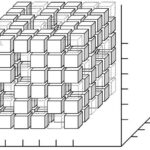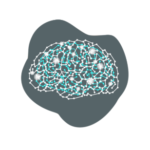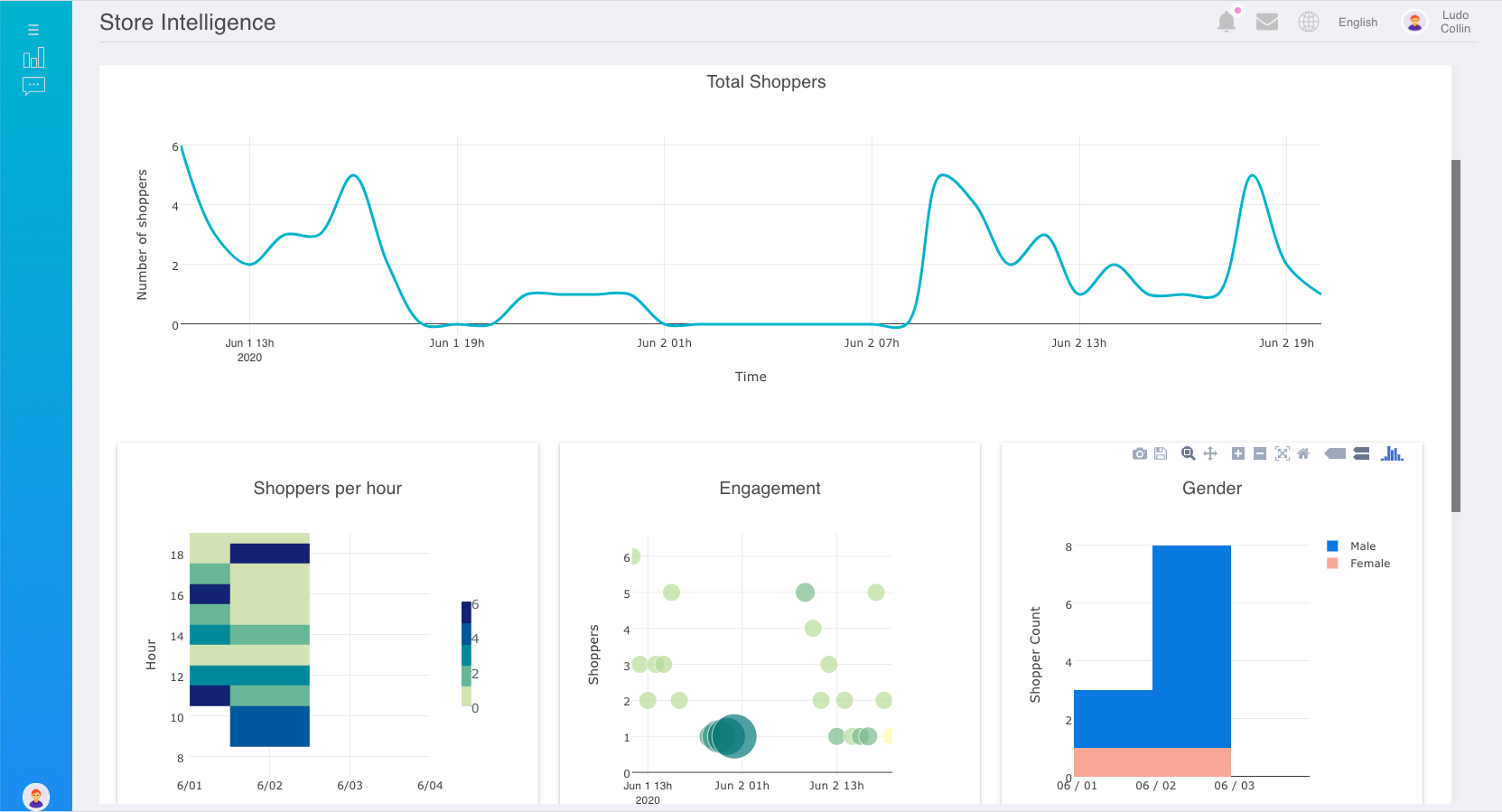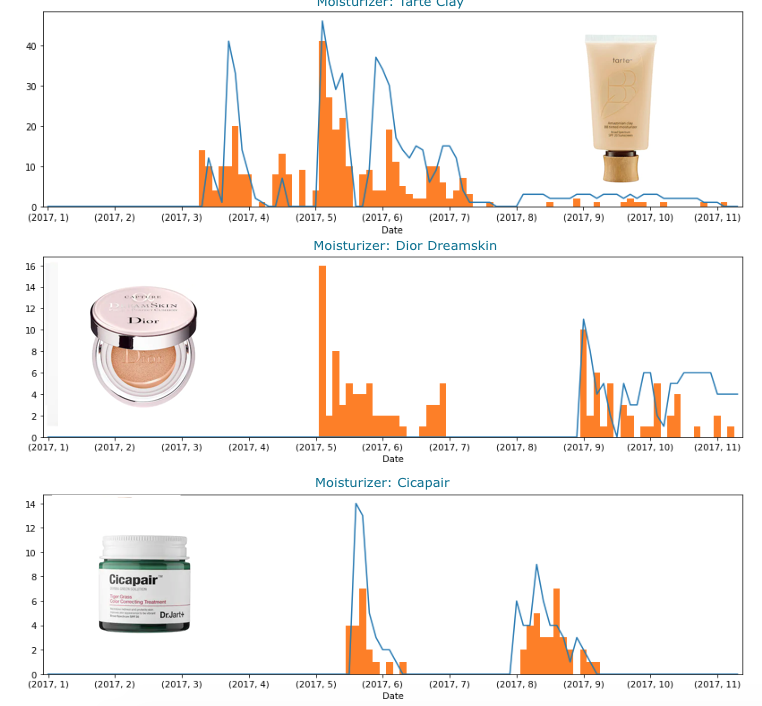The best skincare recommender systems for Retails and Brands
skincare assistant: Our Technology
SeeYou research focuses on developing the world’s best data models for skincare retailers and skincare brands to allow their customers to precisely and scientifically choose the skincare product that best work for their singular skin, environment and lifestyle. We capture that unique information into skinID, a unique bio-environment-lifestyle footprint informed by the most comprehensive and up to date skincare dataset in the world.
We use Machine Learning to extract information from this vast amount of data to accurately and effectively predict consumers behavior, ultimately enabling predictive loyalty.

AI Methodology
Step 1
Continuously update external dataset

Step 2
Apply our models to generate an initial recommendations set

Step 3
Capture individual customer data to reinforce our models and refine outputs
Step 4
Create a virtuous circle of ever more accurate recommendations
The Data Issue
Data is the #1 AI challenge
Aggregating the right data can be difficult. The data is usually there but it’s often all over the place. And in some cases it’s not there at all.
Most brands and retailers will ultimately have the same AI algorithms. Data will be the key differentiator.
Store Data Issue
Early on we realized very little actionable data were captured from store.
That’s what led us to implement a simple solution to capture data from stores data capture. We use tablets to economically and efficiently turn stores and Beauty Assistant into data capture powerhouse.
Existing Data is central
Your existing data offer powerful additional contextual source for recommendations.
Past purchases and web logs provide additional precision to SeeYou.ai dataset. Knowing a customer past purchases only reinforce what a customer is used to. It doesn’t mean that customer is buying the optimal products for their skinID but it will help us confirm or guide them toward more efficient products.

Deep Reinforcement Learning
Our AI learns from customers. It also learns from multiple additional data like location, weather, economic indicators and more. More data combined with ongoing learning means more chances of detecting early weak signals.
When we add existing data and store data, the recommendations accuracy can increase by up to 18% – 23%.


